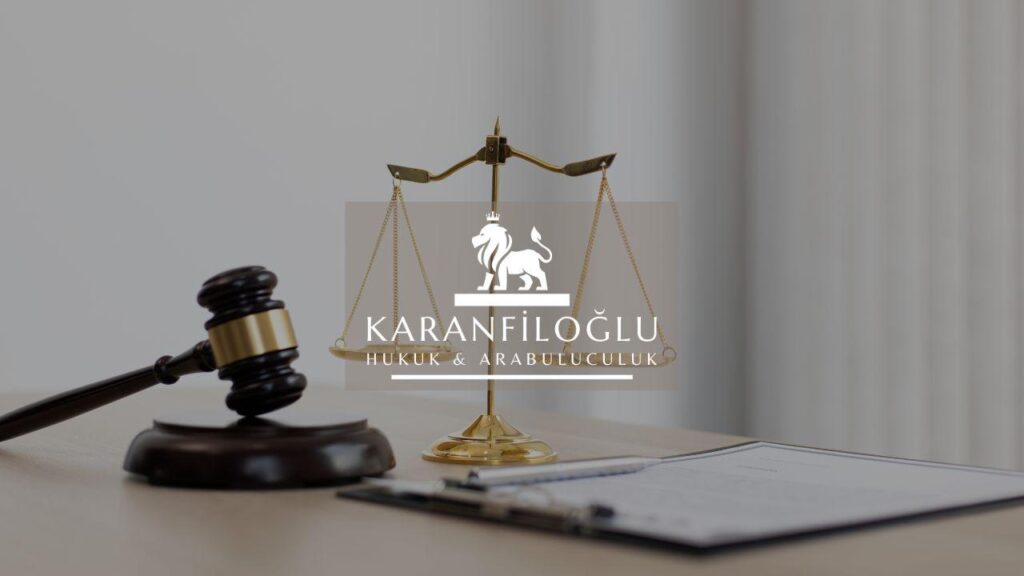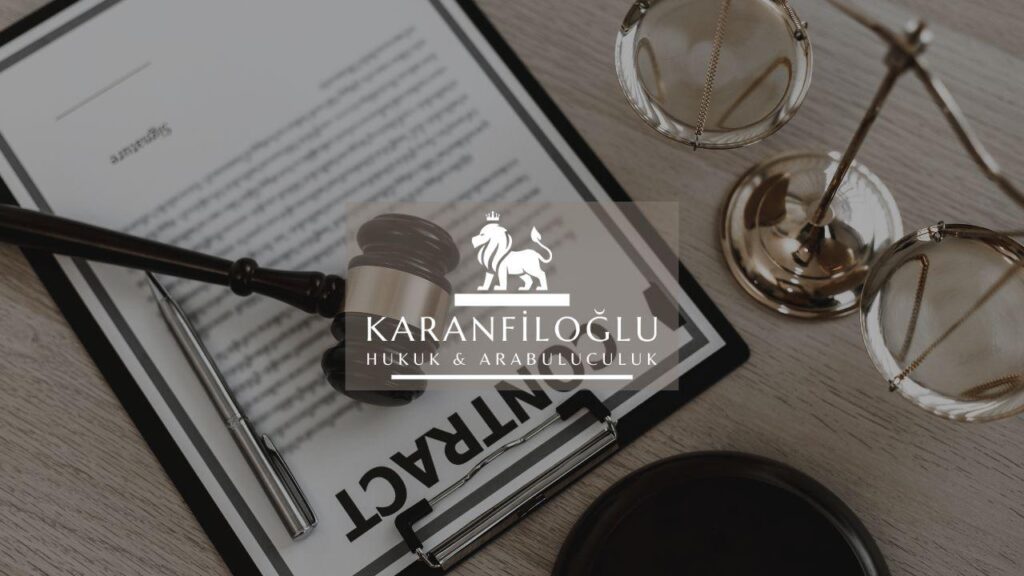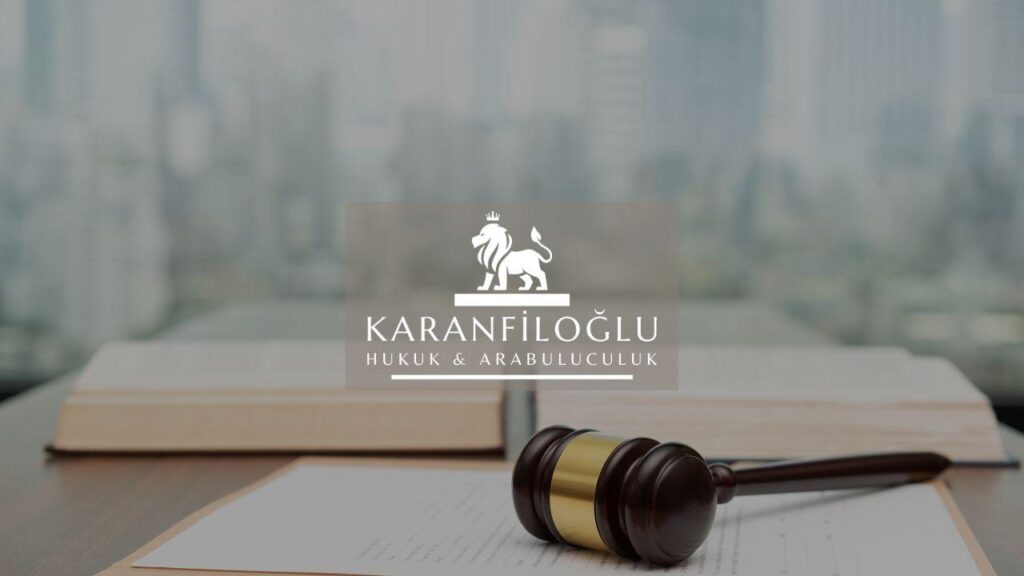When it comes to arrest procedures, handling a situation in flagrante delicto requires precision and a keen understanding of criminal law. Imagine a chess game where every move counts; that’s the level of focus needed here. Law enforcement officers must swiftly identify, react, and detain individuals caught red-handed. In these scenarios, the offender is apprehended during the commission of the crime, leaving no room for doubt. Yet, the process is not as simple as it might appear. Officers must diligently adhere to established arrest procedures to safeguard the rights during arrest of the accused, a critical aspect under criminal law. Anything less could jeopardize legal standing and compromise the case. Furthermore, respecting rights during arrest protects the integrity of law enforcement and underscores the justice system’s commitment to fair treatment. These actions represent the fine balance between maintaining public safety and upholding individual freedoms within the labyrinth of criminal law.
Legal Framework Governing Flagrante Delicto Arrests
Arrests in flagrante delicto operate within a complex legal framework that outlines how law enforcement should proceed. At the heart of criminal law, these situations demand swift and decisive action while respecting rights during arrest. Imagine an orchestra, where each musician must flawlessly follow the score. Similarly, officers must ensure every step aligns with legal guidelines. The process commences the moment an individual is caught in the act, allowing no pause for hesitation. These arrest procedures are critical; failure to observe them might compromise the integrity of a case. In adherence to criminal law, officers must maintain a delicate balance between apprehending a suspect and upholding their rights during arrest. This underscores the justice system’s commitment to lawful procedures. Clear protocols in flagrante delicto cases act as guardrails, protecting both public safety and individual liberties, thereby maintaining the rule of law and fostering trust in the justice system.
Flagrante delicto arrests hinge on a robust legal framework designed to outline precise arrest procedures. This framework is atop the justice pyramid, guiding law enforcement through each phase with unwavering clarity. It’s critical for officers to discern the finer details of criminal law, balancing the scales between legal authority and rights during arrest. Picture a tightrope walker deftly moving forward—a slight misstep could lead to a fall. Hence, officers must operate within clearly defined boundaries to avoid overstepping while apprehending suspects. Regular training and education become indispensable tools in ensuring these standards are met. Moreover, this framework not only supports law enforcement but also fortifies public confidence by emphasizing fairness and transparency. By steadfastly adhering to these principles, the criminal justice system strengthens its foundation, ensuring that each flagrante delicto arrest is both just and effective, promoting faith in legal processes among communities.
Navigating the intricate landscape of flagrante delicto arrests requires law enforcement to stay abreast of evolving legal standards. Arrest procedures in these scenarios are underpinned by foundational principles of criminal law, necessitating officers to exercise discernment within a stringent legal framework. Imagine a conductor ensuring each instrument plays in harmony; similarly, officers must balance their authority with adherence to protocols that protect rights during arrest. Training sessions are indispensable, unlocking the tools needed for precise execution of these procedures. A misstep could unravel the integrity of justice or compromise legal grounds. Consequently, the legal framework governing such arrests emphasizes meticulous attention to detail. The linchpin is maintaining law and order while ensuring fairness, fostering public trust, and reinforcing confidence in the justice system. By diligently following arrest procedures, law enforcement contributes to the broader tapestry of justice, where every thread is vital in upholding the rule of law and individual rights.
Challenges and Best Practices for Law Enforcement
In the face of flagrante delicto situations, law enforcement encounters various challenges. The immediacy of the offense demands quick, yet calculated arrest procedures to ensure justice prevails. Officers find themselves in high-pressure environments requiring split-second decisions that could impact the course of criminal law proceedings. Missteps during these rights-sensitive arrests can lead to significant repercussions, such as evidence being deemed inadmissible. Therefore, implementing best practices is crucial. Proper training and regular drills solidify officers’ understanding of arrest protocols and their role in safeguarding rights during arrest. Respecting these rights not only fortifies legal cases but also reinforces public trust in law enforcement. It’s like walking on a tightrope—striking a balance between enforcing the law and ensuring individual freedoms are fully respected. Each arrest becomes a testament to the judicial system’s dedication to equity and fairness, reflecting the core values at the heart of criminal justice.
Navigating the complexities of arrest procedures during flagrante delicto can feel like sailing through a storm for law enforcement officers. The quicksand of ever-changing criminal law poses unique challenges. Officers must walk a line; one misstep and they risk sinking into a mire of legal pitfalls. There’s an art to recognizing the signs of immediate crime and responding without hesitation. This requires not just intuition but also a solid grounding in rights during arrest. Best practices involve continuous education and hands-on training that cement this knowledge, ensuring swift and lawful actions. A well-prepared officer is like a knight ready for battle—not just armored with knowledge but also wielding the sword of justice. Emphasizing rights during arrest serves a dual purpose: fortifying the foundations of criminal law and maintaining the bridge of trust with the community. Ultimately, precision in execution defines success in law enforcement’s delicate dance with justice.
Amid the stormy seas of arrest procedures in flagrante delicto, the role of law enforcement is akin to that of a skilled mariner navigating toward justice’s harbor. Officers must deftly interpret criminal law to protect both societal safety and individual rights during arrest. Those brief, critical moments require an eagle-eyed focus—any oversight can upend months of investigative work. Anticipating these high-stakes encounters, officers should be equipped with strategies to manage stress and make sound decisions. Simulations and situational analyses are invaluable tools, grounding officers in real-world applications of justice protocols. Think of these practices as a sturdy compass guiding law enforcement through the turbulent waters of legal challenges. This preparation bolsters both the confidence and competence needed to execute flawless arrest procedures. In sustaining public confidence, especially during flagrante delicto cases, the diligent protection of rights during arrest is paramount. This synergy ensures that justice sails smoothly without sacrificing fairness or integrity.
Implications for Defense in Flagrante Delicto Cases
In flagrante delicto cases, defense strategies hinge on understanding the precise arrest procedures and nuances of criminal law. Picture a tightrope walker, balancing delicately in mid-air; defense attorneys must navigate the intricate complexities involved in these cases. From challenging the validity of the arrest by scrutinizing how law enforcement managed the situation, to questioning any potential violation of rights during arrest, every detail matters. Failure to respect procedural requirements can lead to evidence being dismissed, affecting the entire case. Establishing whether law enforcement acted within legal parameters is critical. Accusations without concrete evidence may crumble, emphasizing defense opportunities to argue for their client. Thus, the implications for defense in flagrante delicto demand a keen eye and expert knowledge to explore potential breaches that violate fundamental legal principles. By meticulously examining these aspects, a robust defense can be constructed, aiming to safeguard the accused’s rights while questioning every fold of the prosecution’s case.
Tackling arrest procedures in flagrante delicto cases requires attorneys to wield a scalpel, not a sledgehammer. Their focus is surgical, identifying weaknesses in how law enforcement executed the arrest. Did officers follow criminal law guidelines or stray from legal frameworks that protect rights during arrest? Every step counts, like a suspenseful thriller where each twist alters the narrative. Judges and juries must see clearly how procedural missteps could have occurred, turning the spotlight onto potential lapses in judgment or control. It’s a dance where defense teams spotlight each misstep dance, pivoting swiftly between fact and theory. By underscoring these dynamics, defense strategies aim not just at protection but at amplifying every whisper of doubt within the legal proceedings. In such high-stakes scenarios, ensuring the accused is shielded from procedural overreach becomes paramount, as each side of the law grapples in the intricate dance of justice.
In the world of criminal law, every decision made during arrest procedures holds significant weight, especially in flagrante delicto cases. Like a detective piecing together a mystery, defense teams meticulously unravel each element, focusing fiercely on how law enforcement applied—or possibly misapplied—their protocols. Was there an oversight that breached rights during arrest? Such queries can alter the course of justice, painting different stories in the courtroom. Emphasizing possible procedural errors becomes a tool, elevating it beyond mere tactic. This isn’t just about uncovering flaws; it’s about defending the integrity of the process and ensuring that justice isn’t steamrolled by haste. Therefore, every aspect of arrest procedures is examined under a microscope, investigating whether law enforcement upheld criminal law’s strictures. Defense attorneys act as the vigilant watchdogs of justice, safeguarding against missteps that might otherwise go unnoticed but could ultimately tilt the scales of fairness.
Disclaimer: This article is for general informational purposes only and you are strongly advised to consult a legal professional to evaluate your personal situation. No liability is accepted that may arise from the use of the information in this article.







